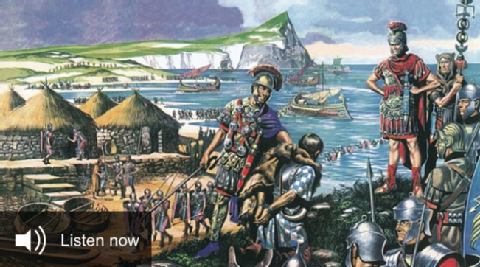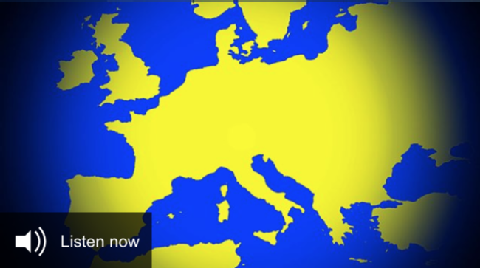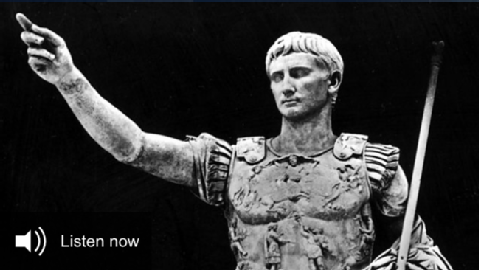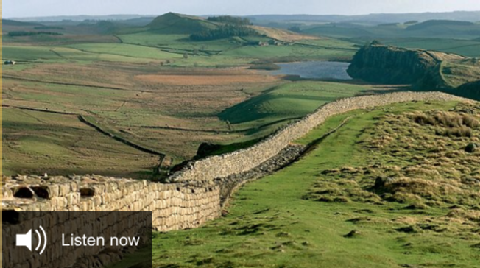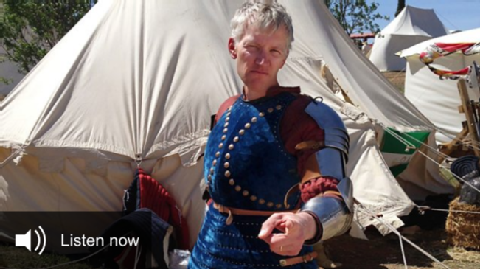Ruling Roman Britain, AD 43–c.128
Ruling Roman Britain, 43-128 CE
Dr Andy Fear of the University of manchester explains the rise and decline of Roman rule in Britain following the success of Agricola’s conquest over Aberdeen (mons Graupius in 83 CE) under Domitian. This video challenges the statement from Tacitus that Roman Britain was “completely conquered and immediately let go” by asking: Was Britain immediately let go? Why were some parts of Britain let go? Why did Roman rule recede from Scotland and Wales? Andy examines archaeological evidence of sites and remains found across the northern frontier and consults inscriptions to address these questions and examine Roman military tactics throughout this period. The source material in this video includes Tacitus, Suetonius and RIB 475 from the OCR syllabus, in addition to non-prescribed sources. Recorded as part of the Manchester Classical Association
Roman Britain
[Source: BBC Radio Four - In Our Time]
Melvyn Bragg and guests discuss the Romans in Britain. About 2000 years ago, Tacitus noted that “the climate is wretched”, Herodian said, “the atmosphere in the country is always gloomy”, Dio said “they live in tents unclothed and unshod, and share their women” and the historian Strabo said on no account should the Romans make it part of the Empire because it will never pay its way. But invade they did, and Britain became part of the Roman Empire for almost four hundred years.But what brought Romans to Britain and what made them stay? Did they prove the commentators wrong and make Britain amount to something in the Empire? Did the Romans come and go without much trace, or do those four centuries still colour our national life and character today?With Greg Woolf, Professor of Ancient History at St Andrews University; Mary Beard, Reader in Classics at Cambridge University; Catharine Edwards, Lecturer in Classics and Ancient History at Birkbeck College, London University.
Rebellious Britannia: Rome's Northern Flank
[Source: BBC Radio Four - How to Run Europe Episode 1 of 3]
In the first of three programmes, Anne McElvoy explores the challenges of governing the peoples of Europe across three of the continent's great empires ...and the parallels today. To begin the series, Anne looks at the Roman era, when Colchester was the capital of Britannia. With the help of Roman expert Professor Catharine Edwards of Birkbeck, University of London, she discovers how hard it was for Rome to exercise control over its most northerly province.
Roman Britain was a fringe state on a vast empire; conquered late it was initially hard to run. The story of its rebellion and subsequent assimilation into the Roman Empire tells us the story of an experiment into a new kind of rule and governance; running a province was a balancing act between local custom and the idea of being part of a greater whole.
The Roman Way - Life at the Edge
[Source: BBC Radio 4 - The Roman Way]
Life at the edge. For the Britons living in the area known today as Northumberland, the city of Rome was unimaginably distant. Our knowledge of the minutiae of everyday lives in the region has increased enormously in the past 30 years.
The Roman Way looks at archaeological discoveries at Vindolanda, near Hadrian's Wall. By chance, preservation conditions on-site are extremely good and a wealth of material has come to light which provides archaeologists and historians with unparalleled information on troop-movements and activities, requisition of building materials, arrival of food supplies, dealings with the indigenous people, the families of the military personnel, parties and social gatherings, even the soldiers' love of Celtic beer.
Hadrian's Wall
[Source: BBC Radio 4 - In Our Time]
Melvyn Bragg and his guests discuss Hadrian's Wall, the largest Roman structure and one of the most important archaeological monuments in Britain. Stretching for eighty miles from the mouth of the River Tyne to the Solway Firth and classified today as a World Heritage Site, it has been a source of fascination ever since it came into existence. It was built in about 122 AD by the Emperor Hadrian, and a substantial part of it still survives today. Although its construction must have entailed huge cost and labour, the Romans abandoned it within twenty years, deciding to build the Antonine Wall further north instead. Even after more than a century of excavations, many mysteries still surround Hadrian's Wall, including its exact purpose. Did it have a meaningful defensive role or was it mainly a powerful emperor's vanity project? With Greg Woolf, Professor of Ancient History at the University of St Andrews; David Breeze, Former Chief Inspector of Ancient Monuments for Scotland and Visiting Professor of Archaeology at the University of Durham; and Lindsay Allason-Jones, Former Reader in Roman Material Culture at the University of Newcastle.
Hadrian's Wall
[Source: BBC Radio 4 - Making History]
Tom Holland travels north to mark the 1900th anniversary of Hadrian becoming Emperor, by examining the impact of his biggest legacy in Britain - Hadrian's Wall.

